
Skip the Crowds with These Lesser-Known (but Still Stunning) Parks
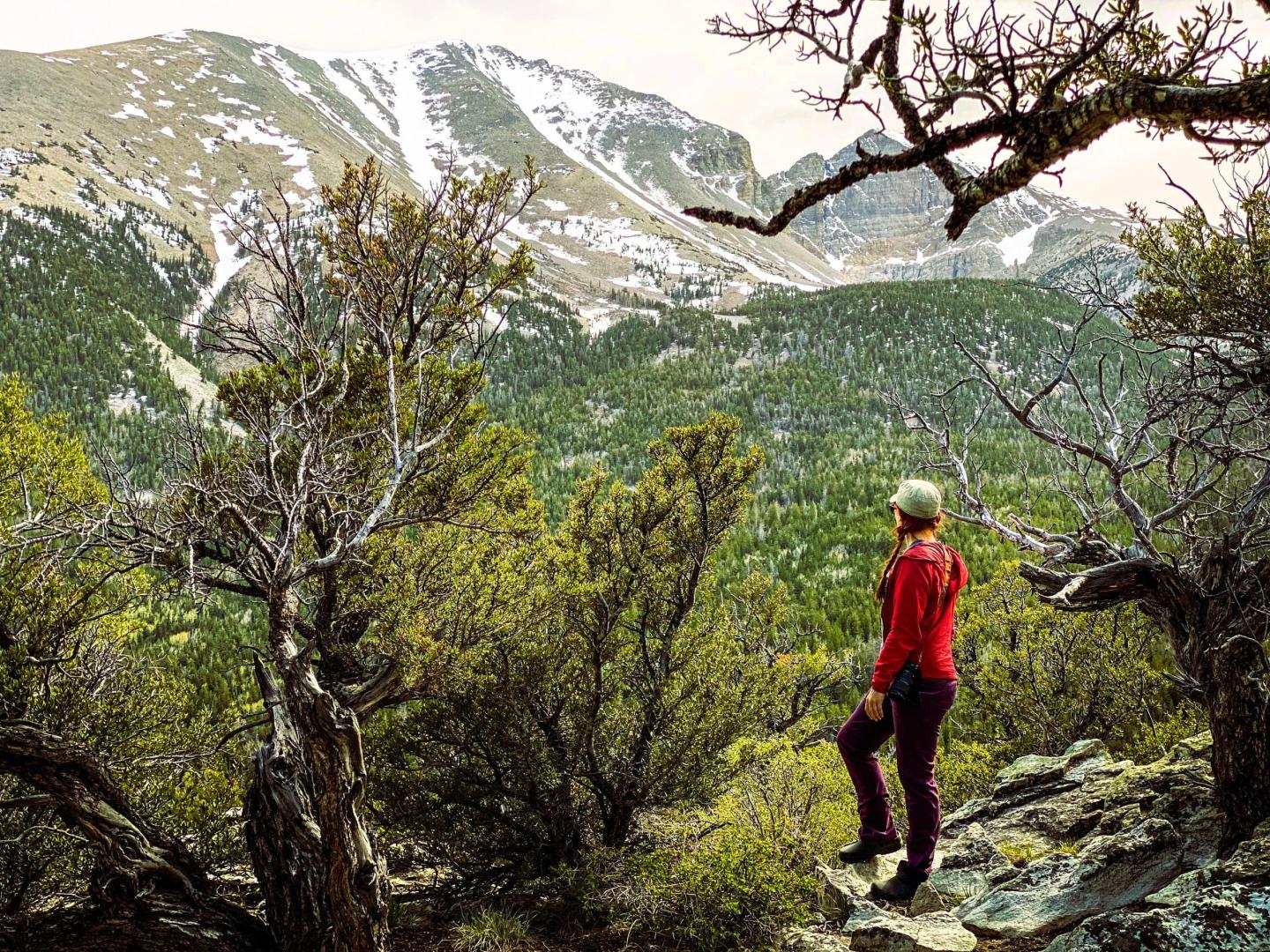
America’s national parks are getting unbearably crowded. Here are a few throng-free alternatives that we adore.
Emily Pennington // Western National Parks Association
As someone who spent a year on the road traveling to and writing about every national park in the United States, I can attest that those frustrating crowds that have been making the headlines this year are very real, and they can often upend the serene solitude that someone might be seeking when they visit a park or a nature preserve.
From traffic jams when a bison crosses the road in Yellowstone, to timed-entry reservations at Rocky Mountain and parking woes in Yosemite Valley, the time-honored tradition of road tripping to a piece of America’s public lands can start to feel more like a visit to a corporate theme park when the summer or weekend throngs are out in full force. Thankfully, there are millions of acres of parklands where you can spread out and unwind, you just have to put in a little extra elbow grease in the form of pre-trip research.
We’ve gone ahead and done some of the work for you and mapped out our favorite destination dupes for many of the country’s most-visited national parks. Consider these incredible park swaps the next time you’re heading the call of the wild.
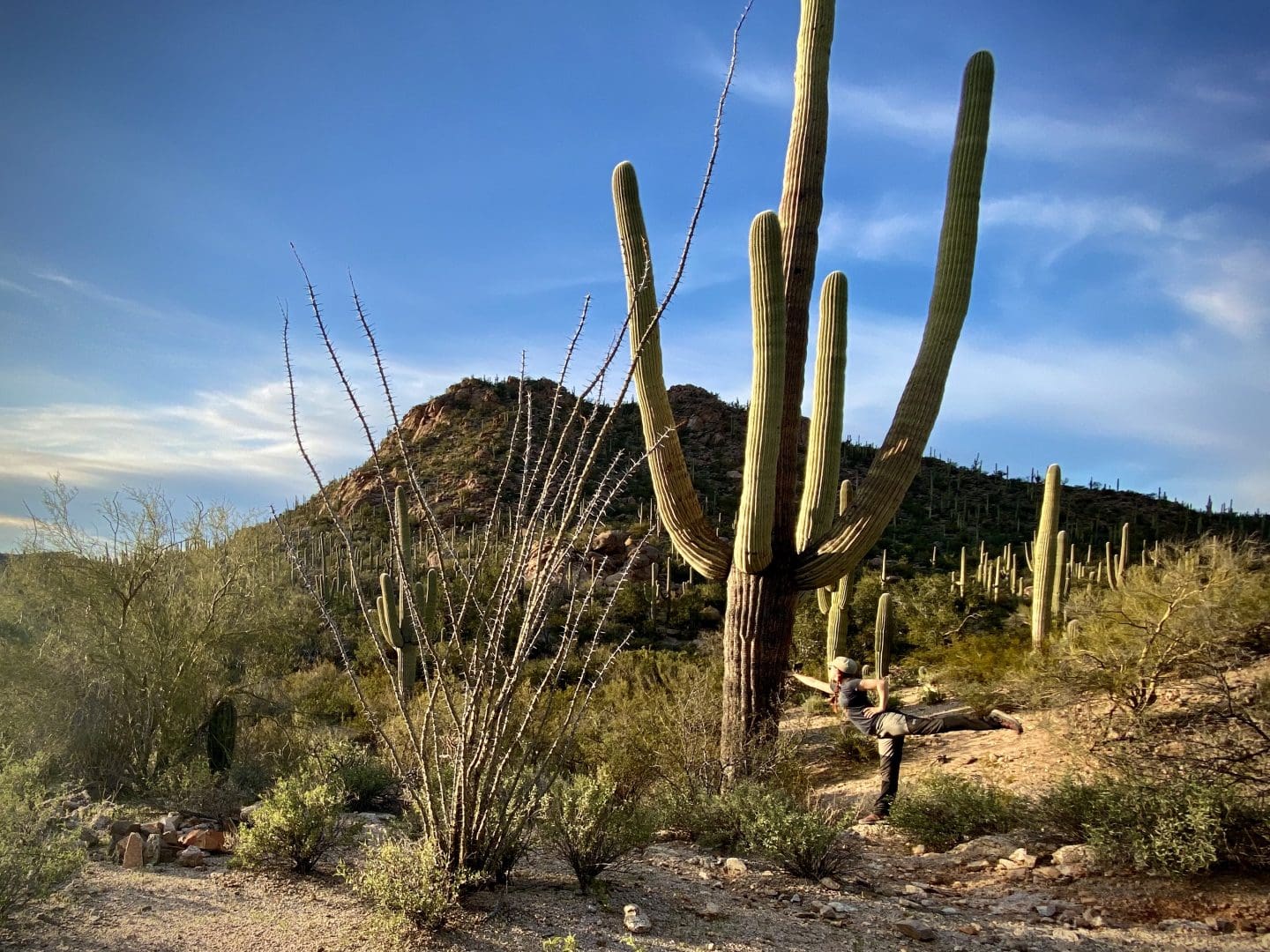
Saguaro National Park, Arizona
Instead of: Joshua Tree National Park
Why Saguaro? Swap the spiny, Seussian yucca plants that Joshua Tree is named for in favor of the spiky, century-old cacti, Indigenous petroglyphs, and hundreds of miles of hiking trails at Saguaro, which is situated on either side of Tucson.
Top activities: Saguaro National Park is split into two separate and unique sections: the western Tucson Mountain District and the eastern Rincon Mountain District. Both are full of the many-armed saguaro, the nation’s largest cacti, and both districts boast their own scenic drive. Rincon feels more remote and offers rugged hiking trails and the opportunity to backpack into the wilderness of a magnificent sky island. The Tucson Mountain District offers stunning picnic areas off its scenic drive and the opportunity to scope for petroglyphs on the King Canyon Trail up Wasson Peak. Wildlife lovers won’t want to miss the Arizona-Sonora Desert Museum, which showcases the area’s unique flora and fauna in a captive setting.
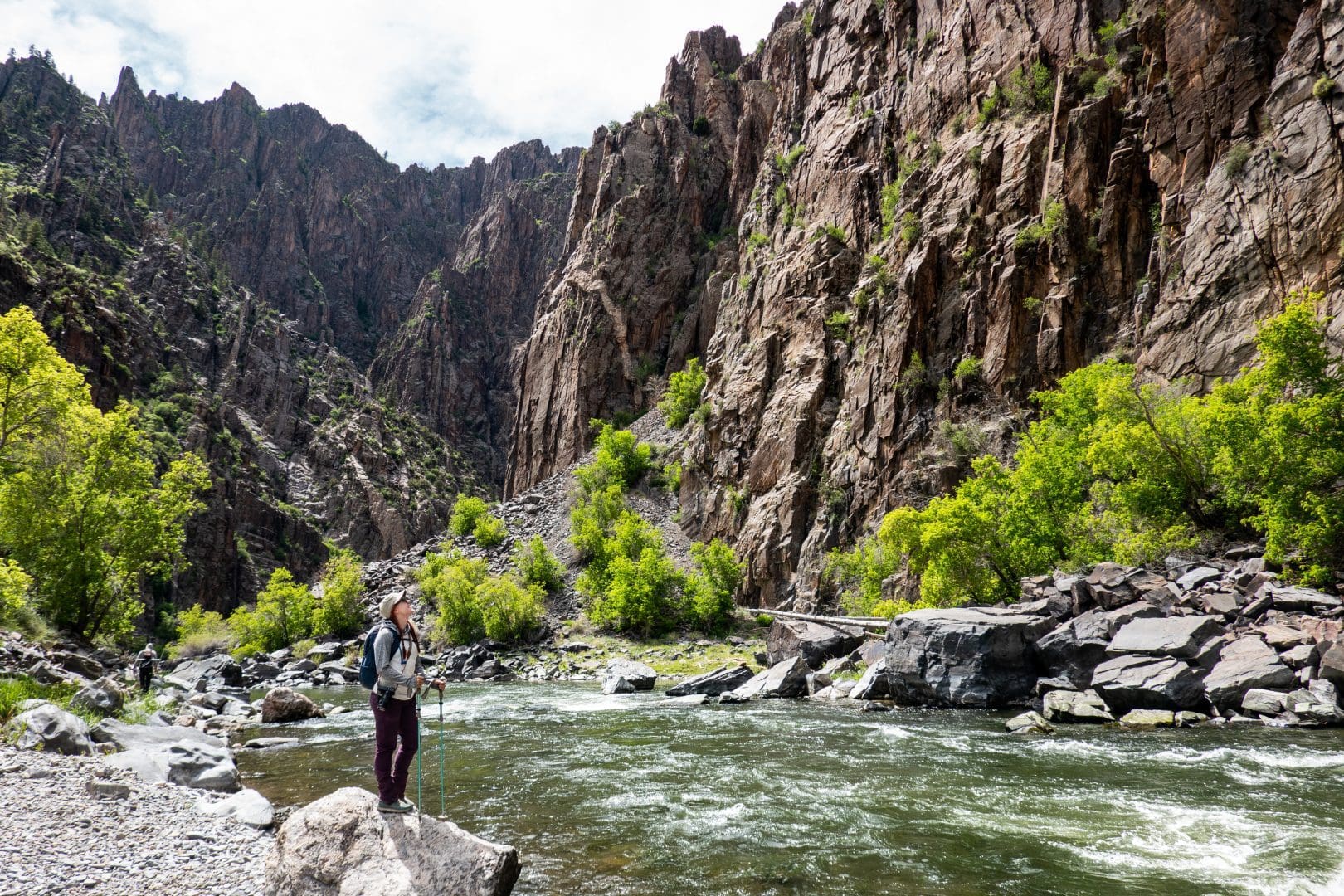
Black Canyon of the Gunnison, Colorado
Instead of: Rocky Mountain National Park
Why Black Canyon? A myriad of jaw-dropping viewpoints and scenic trails line either side of Black Canyon’s steep rim, and, unlike Rocky Mountain, there are no timed-entry reservations.
Top activities: Spend a day driving on the South Rim of Black Canyon’s imposing maw of gneiss and schist, pulling off at commanding viewpoints like Tomichi Point, Painted Wall View and Sunset View. Feeling adventurous? On day two, head down the 2WD washboard road to the park’s North Rim and hike the 3-mile out-and-back trail to aptly named Exclamation Point, which features one of the best views of the canyon. Or grab a permit at the South Rim ranger station to climb down the Gunnison Route, which is considered the easiest way to climb into the canyon.
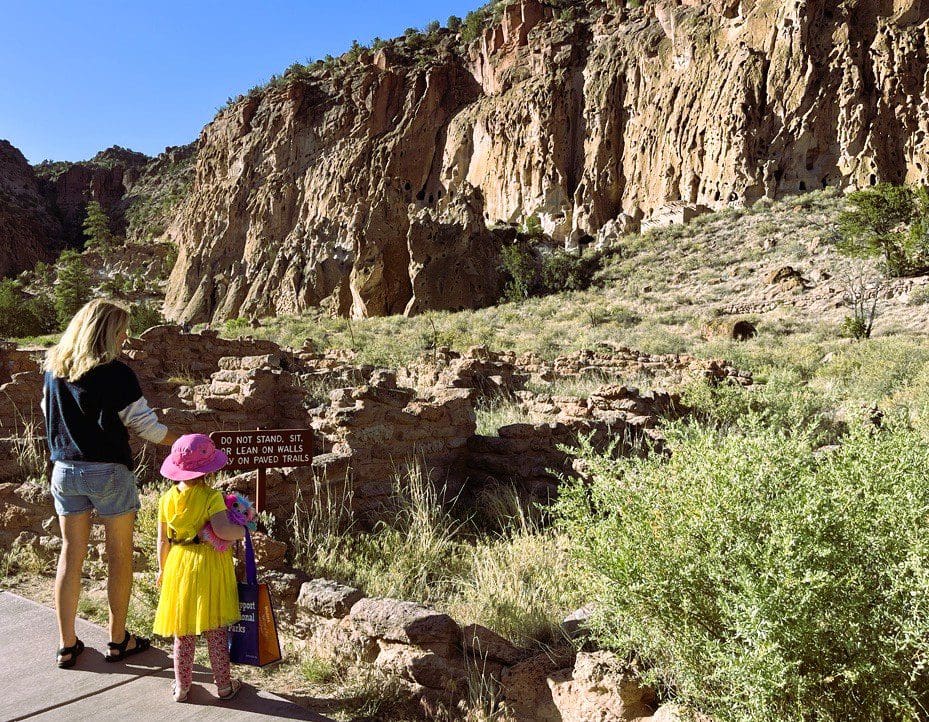
Bandelier National Monument, New Mexico
Instead of: Mesa Verde National Park
Why Bandelier? Marvel at 33,000 acres of rugged New Mexico canyonlands, freckled with dwellings, petroglyphs, and impressive masonry walls. Plus, it’s all situated a mere hour’s drive from beautiful Santa Fe.
Top activities: If you’re visiting Bandelier National Monument in summer or early autumn, hop onto the park’s mandatory shuttle to get deeper into the park and trek the 1.4-mile Pueblo Loop Trail, which features 21 numbered stops, detailing the area’s geology and the history of the Ancestral Puebloan people who once lived here. Today, at least 23 tribes still have ties to this land. Afterwards, check out a cultural demonstration or challenge your legs on the 3-mile (round trip) Falls Trail.
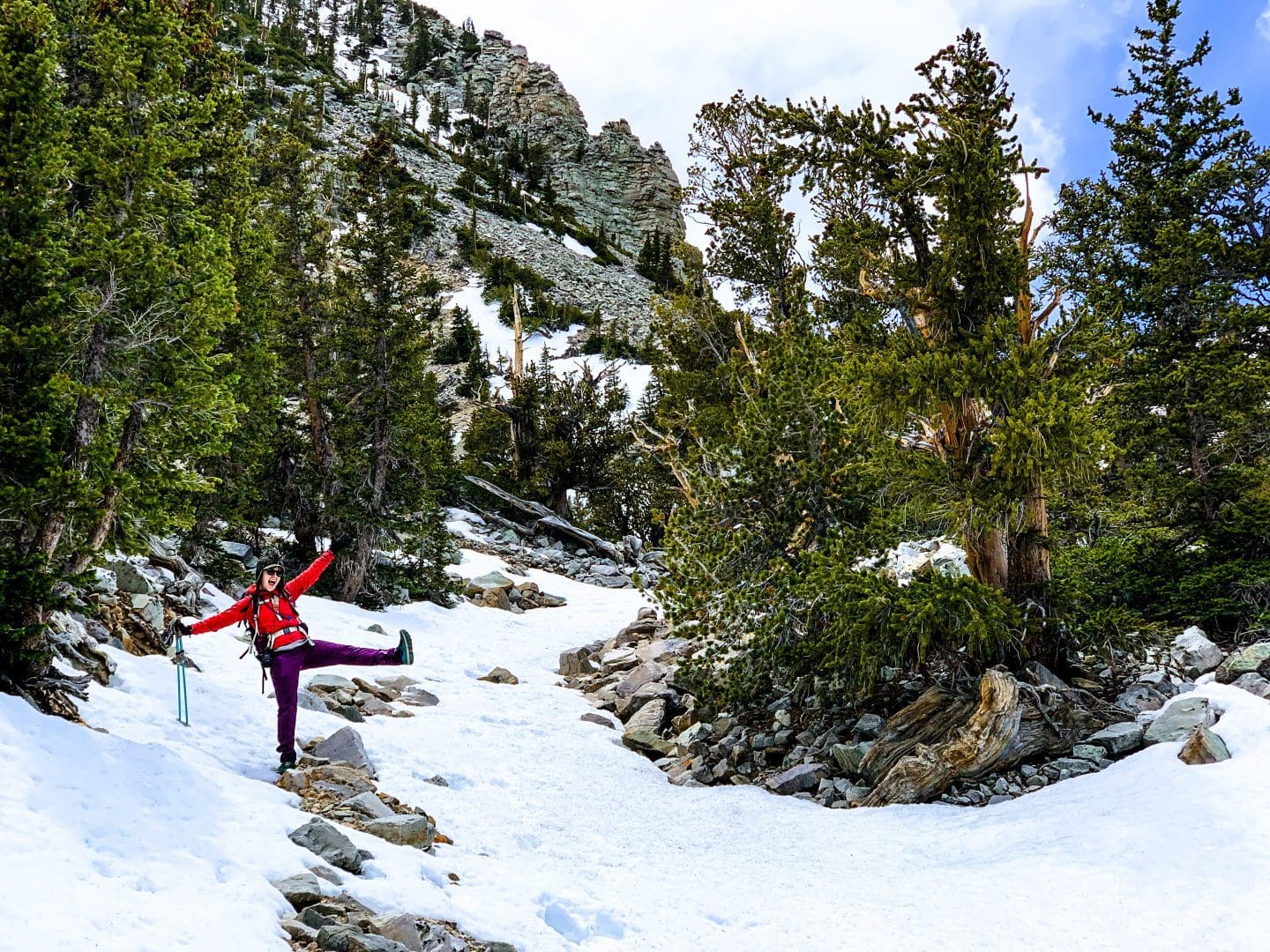
Great Basin National Park, Nevada
Instead of: Sequoia National Park
Why Great Basin? Sure, Great Basin might not be home to the same giant conifers that Sequoia is famous for, but it is a habitat for some mind-bogglingly ancient trees–bristlecone pines. Add to that the park’s feature-rich caves and the jagged, high-altitude summit that the park centers around, Wheeler Peak, and you’ll see why this remote destination is a gem for mountain lovers seeking solitude.
Top activities: As a protected International Dark Sky Park, Great Basin is a fantastic destination for stargazing or watching annual celestial events, like the Perseid Meteor Shower. It’s also a hiker’s paradise, and the 4.8 mile trek to see the park’s 3,000-year-old bristlecone pines and the Wheeler Peak Glacier is not to be missed. Lastly, if you’re into spelunking and strange, drippy cave formations, don’t miss a tour of Lehman Caves.
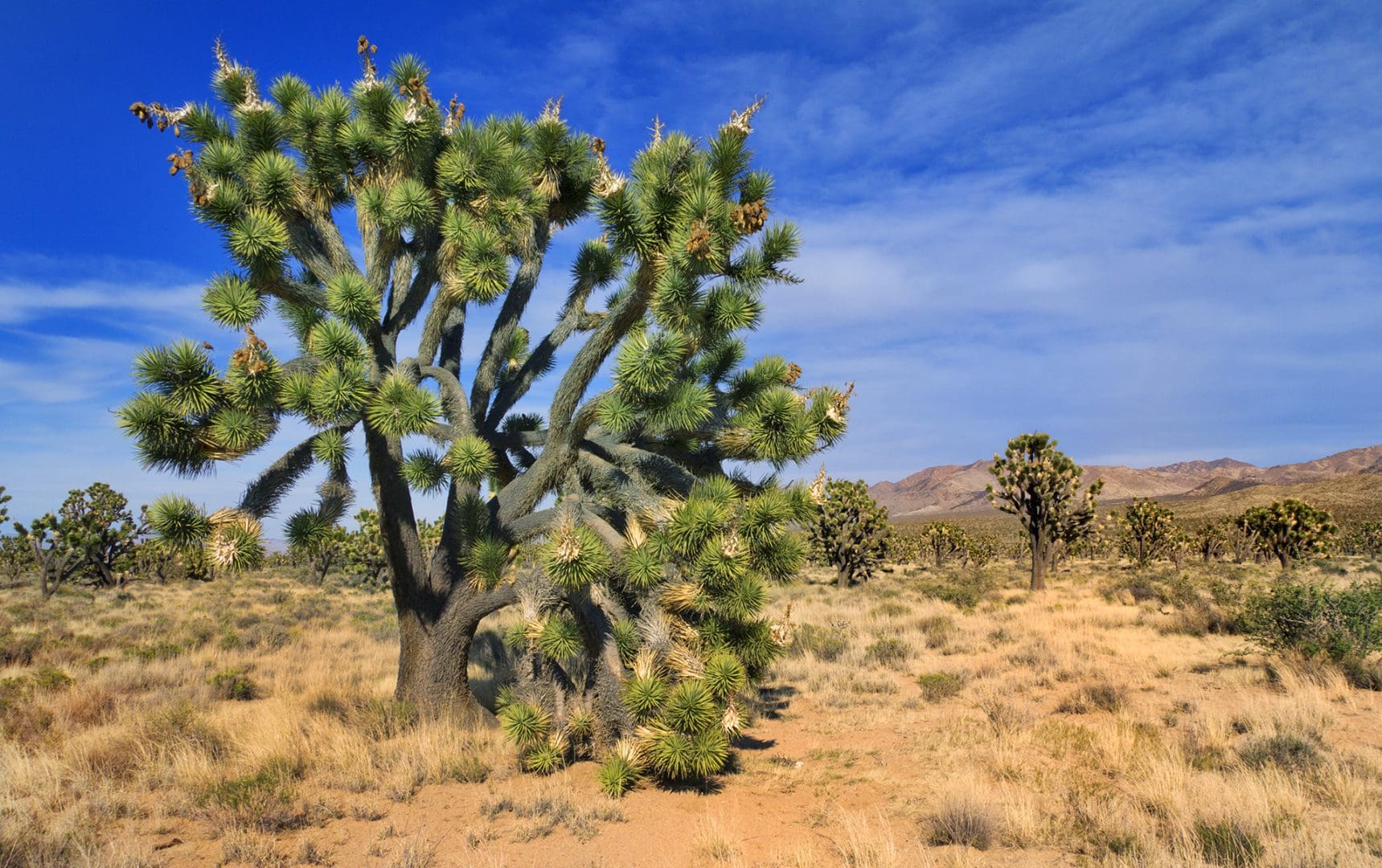
Mojave National Preserve, California
Instead of: Death Valley National Park
Why Mojave? Experience a less-developed and more rugged desert locale (with loads of those awesome Joshua Trees), free of the more than 3 million people who visit Joshua Tree National Park each year.
Top activities: Explore Mojave National Preserve’s more than 1.5 million acres on a scenic drive down bumpy Kelbaker or Black Canyon Road. Hike to 3 miles a “singing” dunefield, reminiscent of the Sahara, at Kelso Dunes. If sandy shoes aren’t your thing, hit the trail and visit an eerie lava tube, or stroll through narrow Banshee Canyon. At night, pitch your tent at the Hole-in-the-Wall Campground and gaze up at those incredible desert night skies.
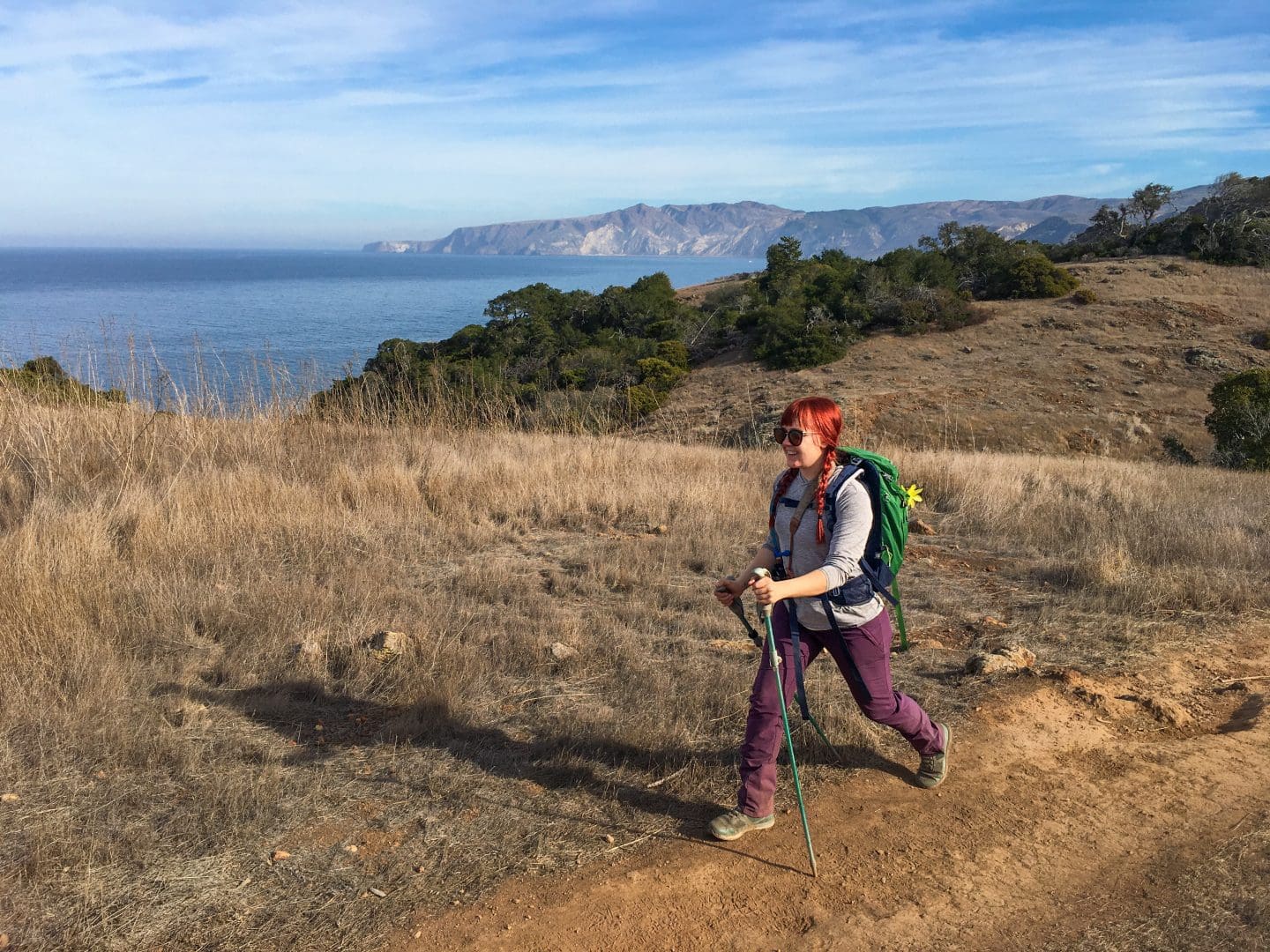
Channel Islands National Park, California
Instead of: Pfeiffer Big Sur State Park
Why Channel Islands? Though it isn’t a haven for towering coastal redwood trees, like Big Sur, Channel Islands National Park is amazingly biodiverse, full of kelp forests and sea caves, and close to the major metropolis of Los Angeles, making it ideal for a weekend getaway in Southern California.
Top activities: Since Channel Islands National Park comprises five islands and a portion of the Pacific Ocean that surrounds them, it’s essential to get out on the water and explore. Book a sea caves kayaking tour to get up close and personal with the park’s immense kelp forests and colorful, rocky sea caves. Or, enjoy a more relaxed day trying to spot humpback whales and common dolphins on a ferry ride to Santa Cruz, the park’s largest island. In March and April, photographers will want to make a beeline for tiny Anacapa Island, when brilliant yellow coreopsis flowers illuminate the craggy landscape. Prefer a more active trip? Nab a permit for a backcountry campsite on Santa Cruz Island or take a hike to Pelican Bay’s secluded Beach. Just remember to keep your eyes peeled for the park’s most adorable (and endangered) residents–the island foxes.
By Emily Pennington
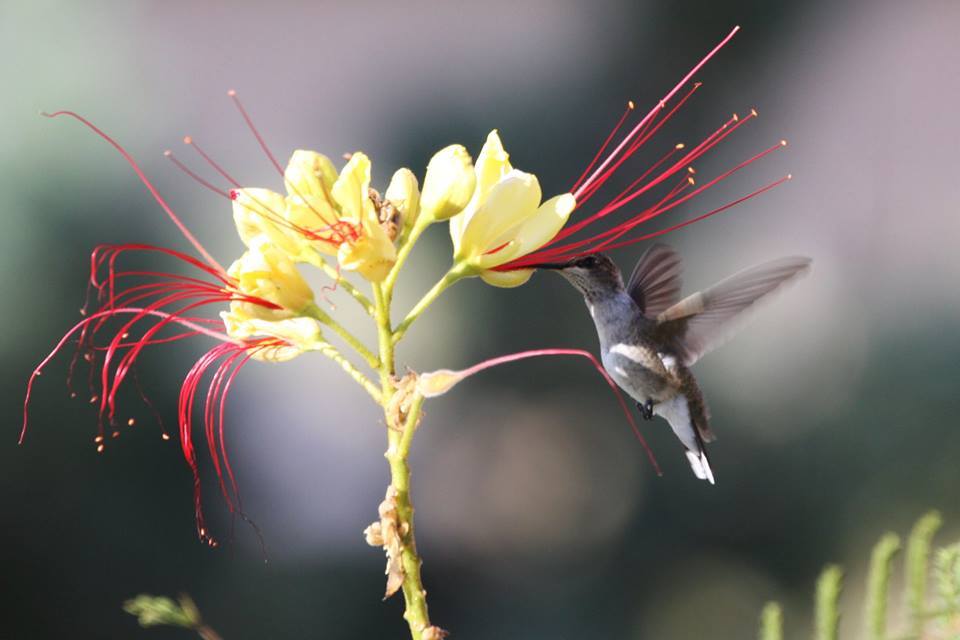
Want to help preserve these significant lands for generations? Your donation supports kids’ programs, research, Indigenous artists’ demonstrations, and more!




